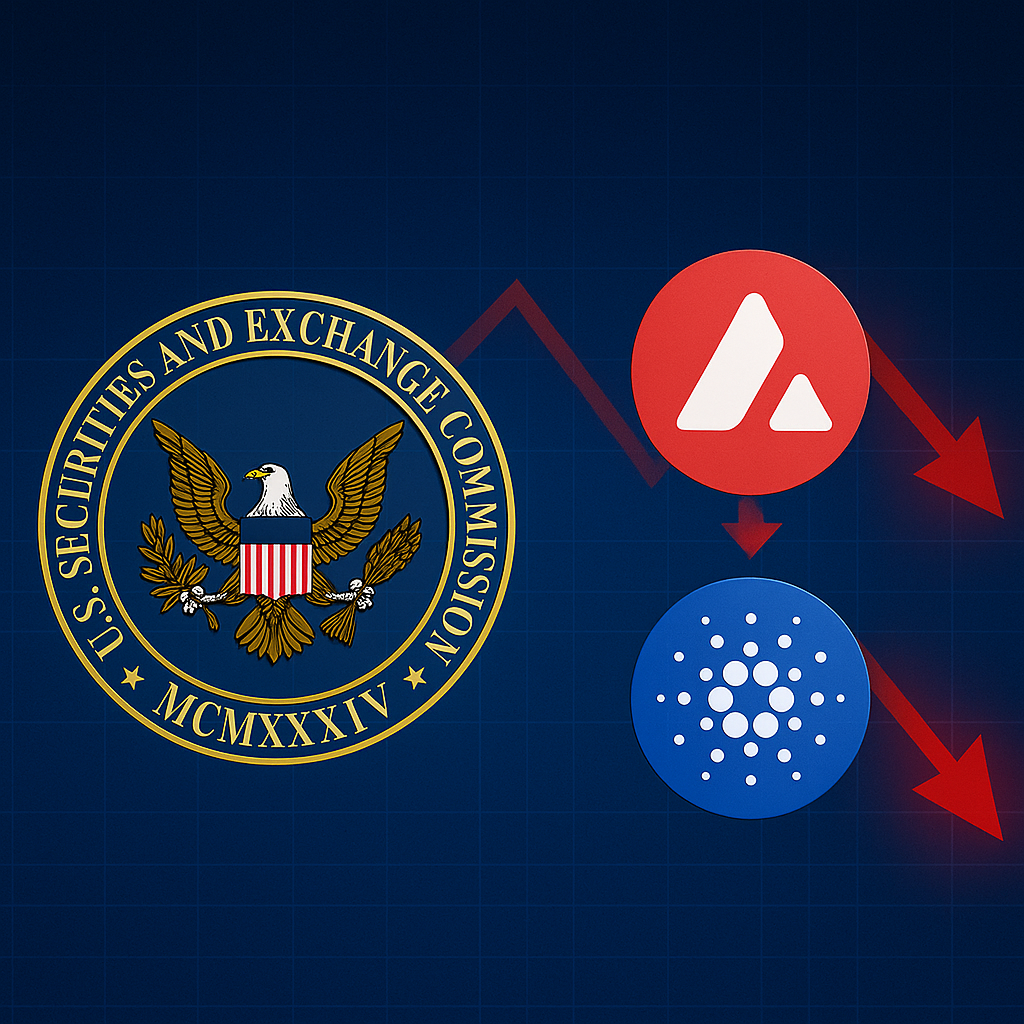Bitcoin jumped 2.3% on Friday, climbing back to $84,100 as China tariffs on U.S. imports reignited market volatility. Could BTC now be on a path to decouple from U.S. stocks?
Bitcoin Clings to Crucial Support as China Heats Up Trade Tensions with U.S.
Bitcoin climbed 2.3% on Friday after China slapped a sharp 34% tariff on U.S. imports, fueling global uncertainty.
The move sparked fresh fears of a drawn-out trade war and rattled traditional markets across the globe.
Investors quickly started rethinking their strategies to safeguard portfolios from rising geopolitical risk.
China’s aggressive response followed just two days after Donald Trump announced new tariffs targeting Chinese goods and other nations.
CoinMarketCap data showed BTC briefly fell to $81,600 before recovering above $84,100 by press time.
Despite ongoing volatility, Bitcoin seems to be drawing increased inflows from investors seeking alternatives to U.S. stock exposure.
Many now view BTC as a hedge against potential revenue losses tied to escalating U.S.-China trade friction.
Bitcoin Breaks Away from U.S. Stocks Amid Trade War Tensions
Bitcoin has held firm above $82,000 this week, despite rising fears from the ongoing U.S.-China trade war. In contrast, the S&P 500 dropped 6% during the same time, closing lower each consecutive day.
This clear divergence hints at shifting investor sentiment as traditional markets struggle under bearish pressure. While stocks slide, Bitcoin shows resilience, possibly emerging as a new safe-haven asset in uncertain times.
If BTC can build support of nearly $81,000, it may start attracting investors seeking to reduce stock market risk. The growing gap between crypto and equities could signal a long-term decoupling trend taking shape.
Bitcoin Price Outlook: $85K Breakout Possible if $81K Support Holds Strong
China’s retaliatory actions sparked new market volatility, yet Bitcoin shows potential for a breakout above $85,000.
This bullish move depends on BTC maintaining firm support around the $81,000 mark.
Daily Bollinger Bands show a tightening range, with Bitcoin trading near $83,786 at the time of writing. The lower band near $81,212 highlights strong buyer interest, while the upper band at $86,522 hints at bullish potential.
Nasdaq 100’s weakness supports BTC’s strength, especially as tech giants like Apple and CDNS report notable losses. Bitcoin’s stability above $82,000 suggests a possible decoupling from U.S. stock market trends.
Investors seeking protection from China’s tariffs may shift capital into Bitcoin to limit exposure to falling U.S. equities. This defensive behavior could drive BTC toward the $85,000 resistance level.
Trading volume sits at 30,140 BTC, indicating ongoing accumulation instead of large-scale selloffs. If demand rises, BTC could breach $85,000 and test the next resistance near $88,000.
However, losing the $81,000 support might trigger $793 million in liquidations, increasing bearish pressure. Even so, Bitcoin’s history shows buyers often defend this level, reinforcing the current support zone






